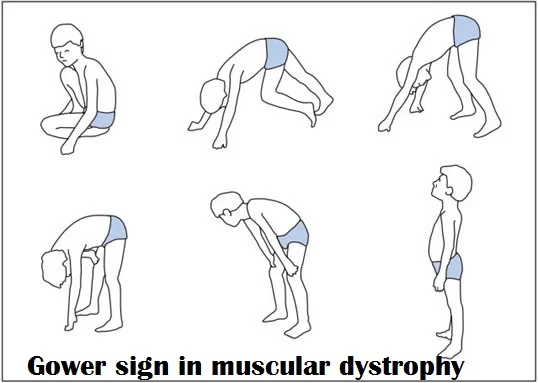Feiss Line:
- The Feiss line is a line that is drawn & extends from the first MPT [ metatarsophalangeal joint], then goes over the navicular tubercle up to the apex of the medial malleolus.
- This Feiss line is also defined as an imaginary line that extends from the medial malleolus of the ankle through the navicular bone to the center of the head of the first metatarsal, which is a straight line.
- The angulation of the Feiss line is created by the line either before/during weight-bearing, this situation is indicative of excessive pronation of the foot.
- When the Feiss angle is between 30° and 90° it is indicated that the foot is hyper pronated in this situation the foot is in a weight-bearing position.
Purpose of the Feiss line:
- This Feiss line test is used to determine the position of the navicular tubercle.
- This test also assesses the longitudinal arch of the foot.
Description of the Feiss line:

- For this Feiss line test requires a marker & must flow the straight-line rule.
- The examiner marks the apex of the medial malleolus & the plantar aspect of the first metatarsophalangeal joint while the patient is not bearing weight.
- The examiner then palpates the navicular tuberosity on the medial aspect of the foot, noting where it lies relative to a line joining the two previously made points.
- The patient then stands with the feet 8 to 15 cm [ 3 to 6 inches ] apart.
- The two points are checked to ensure that they still represent the apex of the medial malleolus & the plantar aspect of the metatarsophalangeal joint.
- The navicular tubercle is again palpated.
Results of the Feiss line:
- The navicular tubercle lies on or close to the line joining the two joints, this situation is indicated to the normal foot.
- If the tubercle falls one-third of the distance to the floor, it represents a first-degree flatfoot foot.
- If the tubercle falls two-thirds of the distance, it represents a second-degree flatfoot.
- If the tubercle rests on the floor, it represents a third-degree flatfoot.
- If the Feiss line runs below the tubercle, it represents the Pes planus.
- If the Feiss line runs above the tubercle, it represents the pes cavus. palpated.

Berger’s test:
- This Berger’s test is designed the check arterial blood supply to the lower limb.
- The patient lies supine while the examiner elevates the patient’s leg to 45′ for at least 3 minutes.
- If the foot blanches or the prominent veins collapse shortly after elevation, the test is positive for poor arterial blood circulation.
- The examiner then asks the patients to sit with their legs dangling over the edge of the bed.
- If it takes 1 to 2 minutes for the limb color to be restored & the veins fill & become prominent the test is confirmed positive.







